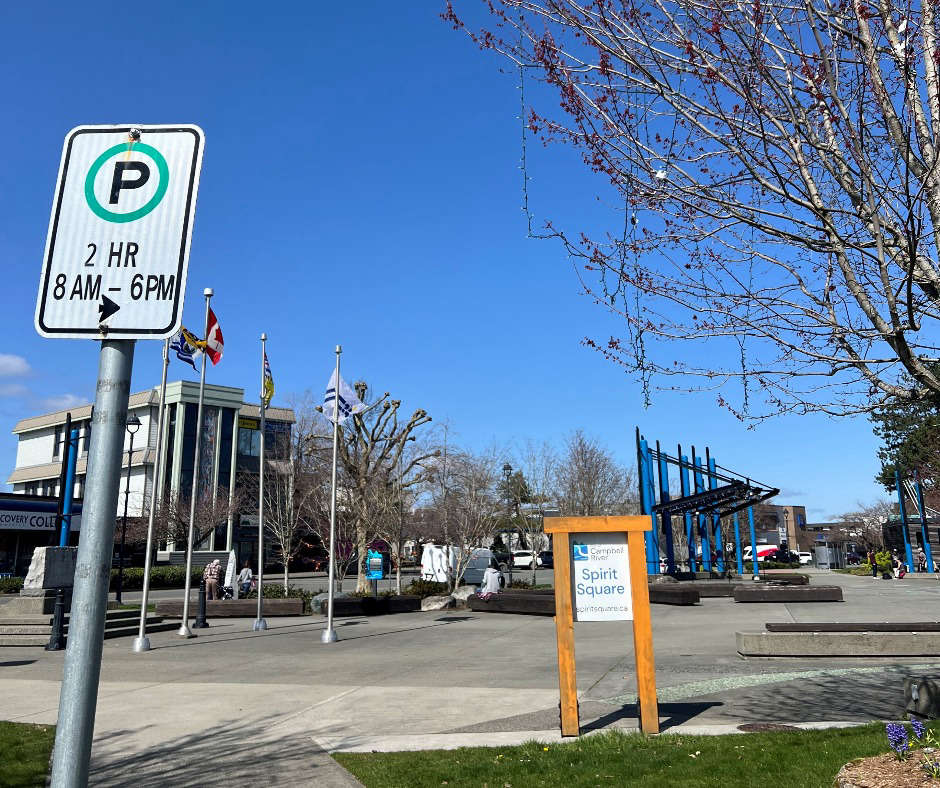
The fungus that causes white nose syndrome in bats has been detected in bat guano in British Columbia, specifically Grand Forks.
Since the arrival of the fungus on the west coast of the United States in 2016, the Province has been monitoring for its arrival in B.C.
The Ministry of Water, Land and Resource Stewardship is working with multiple partners to implement enhanced surveillance for the disease, as well as reduce threats to bat habitat. Since bats eat a wide variety of insects and pests, they are essential for keeping B.C.'s ecosystems in balance.
The public is asked to contact the BC Community Bat Program or the Ministry with any information on the location of winter bat roosting sites, unusual behaviour, such as flying during the day, and observations of dead bats.
First discovered in New York state in 2006, white nose syndrome has spread to 38 states and eight provinces. The associated mortality is responsible for three Canadian bat species being listed as "endangered" under the federal Species at Risk Act.
The fungus is primarily spread by bat-to-bat contact. The fungus doesn't affect humans, but people may spread fungus spores through the movement of contaminated clothing and gear, or through accidental translocation of bats.
To see the full release, visit Government of British Columbia.

 First Nation Leadership Council Calls For Conservatives To Pull North Island-Powell River Candidate
First Nation Leadership Council Calls For Conservatives To Pull North Island-Powell River Candidate
 North Island-Powell River All Candidates Debate At Sunday At Tidemark Theatre
North Island-Powell River All Candidates Debate At Sunday At Tidemark Theatre
 Cumberland Residents Are Encouraged To Report Incidents To The RCMP
Cumberland Residents Are Encouraged To Report Incidents To The RCMP
 Training Exercise Today At 19 Wing Comox And Seal Bay Nature Park Area
Training Exercise Today At 19 Wing Comox And Seal Bay Nature Park Area
 Campbell River Extends Downtown Parking Time Limits
Campbell River Extends Downtown Parking Time Limits
